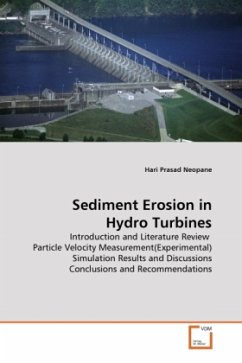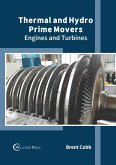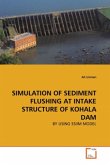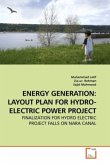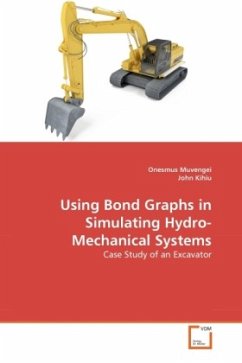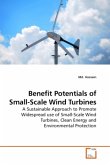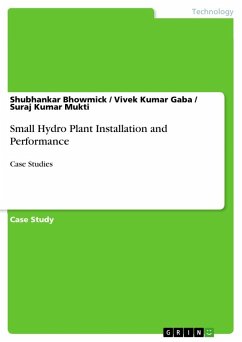Hydraulic turbines and their components operating in sediment-laden water are subject to abrasive and erosive wear. This wear not only reduces efficiency and life of hydro-power turbines but also causes problems in operation and maintenance. Several factors are responsible for this erosion in hydro turbine components. Numerical simulations of a prototype Francis turbine are carried out to investigate the influence of sediment characteristics on erosion prediction. Results from prototype inspection allow a qualitative validation of the simulations. The numerical predictions of erosion are based on Lagrangian calculation of particle paths in a turbulent viscous flow. The relationships between sediment movement and erosion inside the turbine are investigated. It is found that the erosion process is strongly dependent on the particle size, shape, and concentration. Furthermore, the variation of relative erosion rate density is different for different guide vane openings. The results may be used for sediment erosion prediction and prevention.

